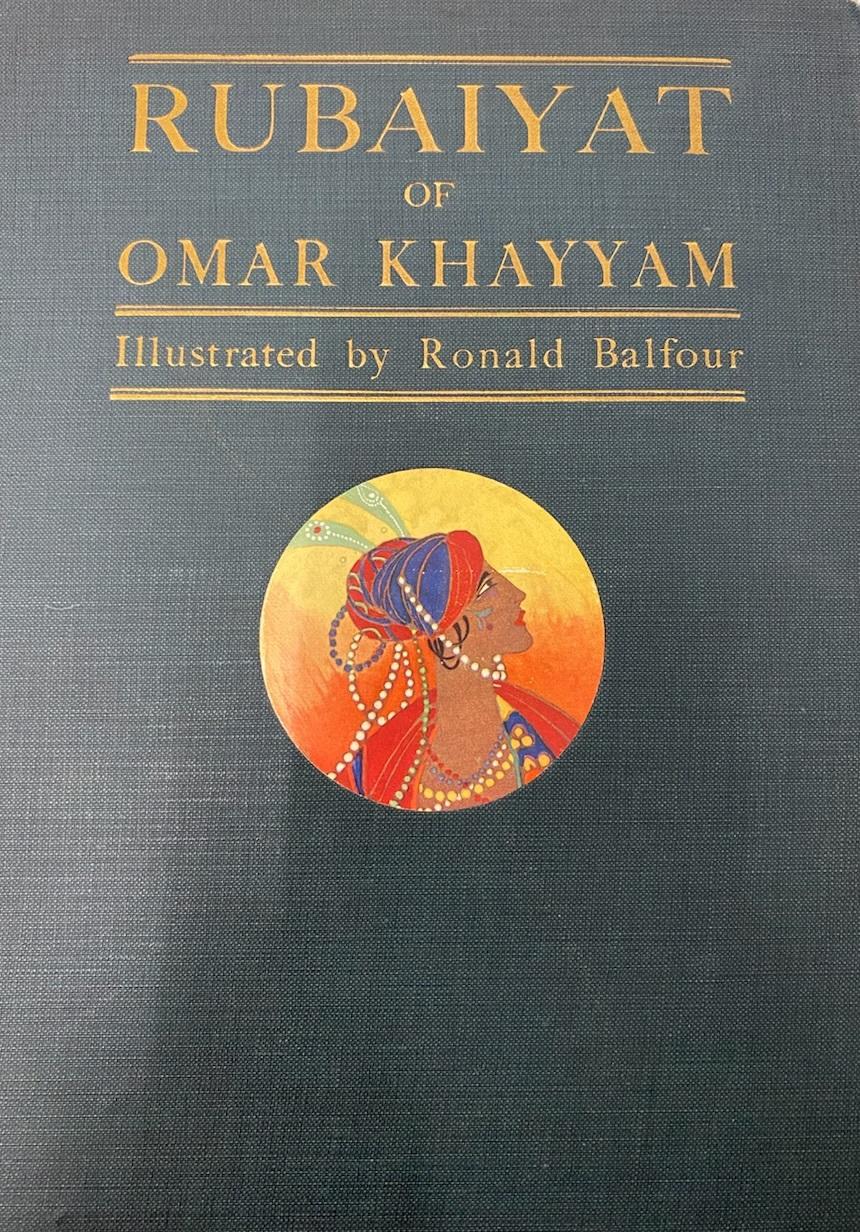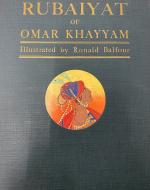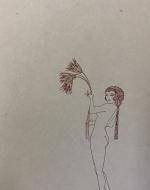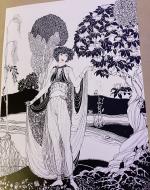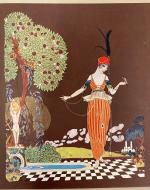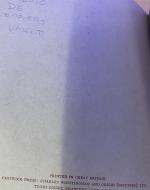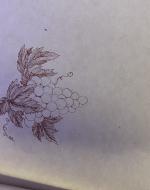Created by Andrew Mobbs on Mon, 04/17/2023 - 15:47
Description:
This text, entitled Rubaiyat of Omar Khayyam, is a first edition copy of Edward FitzGerald’s original translation published in 1859. The title itself appears to have been Anglicanized, lacking accent marks in the first and final words that would typically be transliterated as Rubáiyát and Khayyám, respectively. Besides mentioning Khayyám in the title of the text, no other authors or translators are indicated; only the name of the illustrator, Ronald Balfour, is provided. Balfour’s illustrations here range in terms complexity and style. Some images are simpler, inked in the same brownish red color as the printed text font, and some depict more detailed scenes, varying chromatically from strictly black and white to black and white with strategically minimal color to an array of vibrant, saturated colors.
Regarding its publication, this text has a creation date of 1920, and it was printed by Chiswick Press: Charles Whittingham and Griggs (Printers), LTD based in London. Additionally, this text lists a New York-based publishing house, Dodd Mead and Company. While this text lacks page numbers, it is comprised of 79 pieces of paper, most of which feature double-sided print.
Numerous qualities distinguish this particular text from other copies of Rubáiyát. For one, it is a comparatively large book; a hardback, its spine is roughly 12 inches in length, and its off-white paper, which has the texture and thickness of cardstock, is heavier than other types of paper. Again, the font inside the book is brownish red, featuring an elegant serif typeface similar to Garamond or Georgia. The condition of this text is good despite its use; only a few pages are flecked with small white splotches or contain light pencil markings. The book cover is a muted grayish green color, a shade that offsets the gilded font depicting the title, below which is a bright painting of a woman adorned in lavish red and purple clothing and pearl jewelry against a sunset-esque background, all framed within a small circle (See Image 1).
Beyond these qualities, three especially interesting features of this text pertain to its illustrations, publication information, and Latin alphabet letters periodically printed at the bottoms of certain pages (See Image 6). As previously mentioned, Balfour’s illustrations throughout this text vary in complexity and color. Essentially half of the images are printed in the same brownish-red ink as the words (See Image 2). These images tend to be simpler, such as the outline of a woman’s body or face, or a cluster of grapes, and they correspond to the even-numbered stanza pages within the text (i.e., the stanza on the left page and the illustration on the right page). The other half of the illustrations are either black and white; black, white, and red (See Image 3); or multicolored (See Image 4), corresponding to the odd-numbered stanza pages. Interestingly, these images are printed on a separate type of paper more akin to copy paper and glued to the thicker pages.
Moreover, once again, two publication companies are affiliated with this text. Printed inside the opening pages of the book is the information for Chiswick Press (See Image 5), including the names of the printers (i.e., Whittingham and Griggs) and its London street address (i.e., Tooks Court, Chancery Lane). Also printed inside the opening pages is the sparser information for Dodd Mead and Company, which is based in New York. From this information alone, it is unclear which publishing house produced this particular copy of the text.
Finally, while this text lacks numerical pagination, the bottoms of some pages contain a centered Latin alphabet letter, beginning with A and continuing through U. The pagination pattern appears to be one letter printed on every fourth page, beginning with the blank page near the front of the book containing the letter A and moving through the actual poem (i.e., the page depicting Stanza IV containing the letter C until the page depicting Stanza LXXII containing the letter U). Letters V-Z do not appear on any pages in the text.
Copyright:
Associated Place(s)
Part of Group:
Featured in Exhibit:
Artist:
- Ronald Balfour

